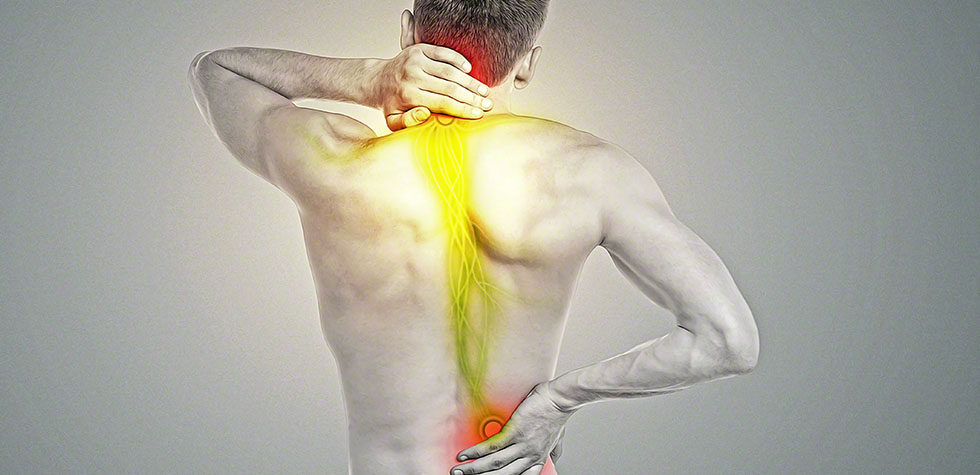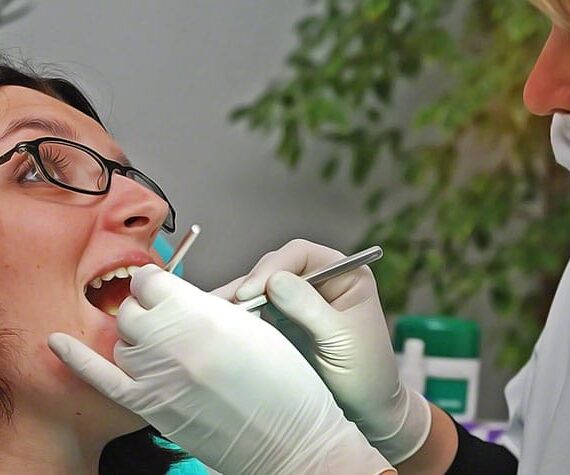Spinal cord injuries and deformations have a huge diversification and you need an experienced back pain specialist to diagnose the problem and provide you proper treatment. Today, we will be discussing all about kyphosis.
What Is Kyphosis?
Kyphosis is the excessive bending of the spinal cord. We are not just talking about a slightly bent back. In kyphosis, the spinal cord completely shifts like a dome shape, almost like a convex lens. The back becomes forwardly bent. The normal spine can bend up to a certain limit, this bending aids the back to carry different loads and hold the posture of your body. But, in kyphosis, the bending is excessive, and you can almost see a dome-like shape on your back.
Causes of Kyphosis
The main causes of kyphosis are age and weak bone structure. Although this disease is more common in males than in females, it happens to a lot of people younger in age as well. This has a lot to do with the bone composition and structure.
Sometimes, women with osteoporosis and very weak bones can develop kyphosis.
Another pre-determining reason for the development of kyphosis is wrong posture. People who always sit down with their back bent and not supported are more liable to developing kyphosis in the future. Not setting your back straight will lead the spine to dislocate and it can cause permanent dislocation, if the posture is not corrected. People with slouched backs and postures will develop kyphosis in the future.
Age-related hyperkyphosis is due to many bone diseases like osteoporosis or arthritis. The weakening of the bones makes them bend easily and can develop a kyphotic curve in the long run.
Symptoms of Kyphosis
There are a number of symptoms of kyphosis. Some of them include:
- The appearance of a humped back and a poor posture. The appearance of a dome shape on the back, especially in the thoracic region, can mean that you can likely develop kyphosis.
- Another symptom of kyphosis includes not being able to get your back straight, after humping. The constant slouching can lead to a permanent kyphotic curve, which is why you cannot get your back straight by yourself.
- Pain in the back is also another generalized symptom of kyphosis. The pin is due to dislocation, or in this case, forward bending of the spine. This can mess up your muscle alignment and can lead to severe pains in the back and lower back as well.
- Fatigue and stiffness in the back is also another very common symptom of kyphosis. Once the bone gets forwardly bent, it is very hard for it to be bendable again, so it becomes stiff and you will feel extreme fatigue due to this reason.
- If the kyphotic curve is very serious, then it can cause numbness and loss of sensation in the back region. This may also affect bowel movements as well.
Risks of Kyphosis
There are no such complications with kyphosis. But some complications may arise in surgery for kyphosis. Back surgeries are very hard and invasive in general, but when you are dealing with a bent back, then it becomes hard. You can lose some sensation after surgery, because there are countless nerves in the spinal region. In kyphosis, your posture is highly affected, and you cannot sit up straight or even walk straight. Your head is constantly down, and you can also never lie down on your back, until full recovery. Kyphosis does have a few hurdles, but it is reversible.
Treatment of Kyphosis
Some treatments of kyphosis recommedned by orthopedic doctors include:
- Physical therapy is the best option for non-surgical treatment for kyphosis. With regular physical exercise and therapy, your back will be able to straighten, and you will begin to feel sensation back. Alongside, pain medications can also be given to reduce some of the pain you might be feeling.
- Spine surgeries are also performed in order to relieve pain and straighten the back. This includes holding the spine in place with rods while a bone fusion is done. This process is invasive but effective too.
Kyphosis is a disorder which looks very obvious and it can ruin your posture. Now you know everything there is to this back disorder, contact a spine and back doctor Woodbridge for case-specific treatment options.



